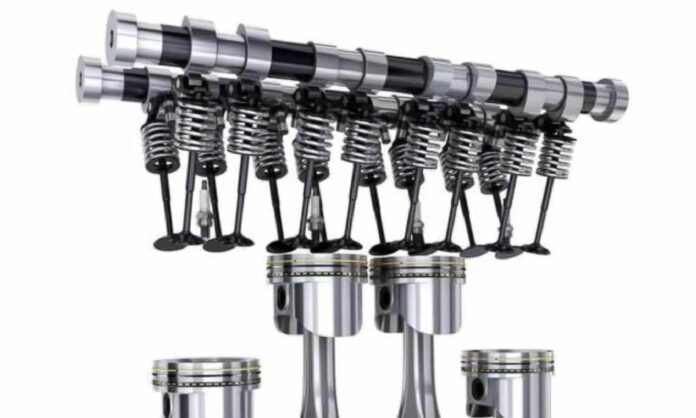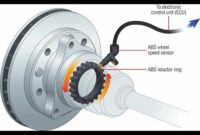
What are engine valves. Engine valves are metal components that allow the fuel/air mixture to enter and the combustion gases to exit. Are parts of an engine important for proper operation. The camshaft is responsible for controlling the emission and exhaust valves, they open and close at the exact moment in a coordinated manner, so that the mixture of air and fuel enters, while the gases resulting from the explosion or combustion seek the exhaust outlet.

What are engine valves
The Engine valves are parts that are placed in a part of the engine known as the head, and are responsible for allowing air and/or fuel to enter the cylinders to be burned (intake valves) as well as letting the combustion exhaust flows through the cylinders, called exhaust valves. Valves are vital components to an engine’s power, economy and emissions.
Valve operation

The engine valves work with the rotation of the camshaft having eccentric lobes with an egg design. As the cam lobes rotate, the top of the egg-shaped piece presses on the valve, causing it to move to an open position. As the cam lobe continues to rotate, the top moves away from the valve and a spring returns the valve to its closed position. There are three essential parameters that specify the nature of the open and close motion: timing, lift, and duration..
1. Synchronization

A camshaft rotates 360 degrees while it is running. These 360 degrees point to the peak of the egg-shaped lobe, refers to the valve timingthe timing when the cam lobe presses on the valve during shaft rotation. This process is called timing, because it indicates when the valve opens relative to what is happening in the entire engine, because everything in the engine is mechanically locked.
2. Elevation
The height of the cam lobe, or the height of the point of the egg-shaped piece, marks the lift. The higher the end, the farther the valve will move or “lift”. The amount of lift is what determines in large part how large an opening is created in the cylinder for air or fuel to enter, or to exit through the exhaust.
3. Duration

The width or amplitude of the cam lobe, is what determines the duration or how long the lift performs on the valve. This process establishes how long a cylinder has to inhale or exhale. A narrow, pointed cam lobe opens a valve briefly, while a wider cam lobe takes longer to hold the valve open while the camshaft rotates.
Talking about the three processes (variables)
It can Note that the egg-shaped cam lobes are cunningly tough and possess a number of commands in their organic form.a. Even these factors combined are not enough for engines with modern technology. In recent times, vehicle manufacturers have made timing, lift and duration variable as the engine runs.
variable timing
The cam lobes are responsible for depressing the valves at times that vary with engine rpm and load, being somewhat difficult to imagine in a fixed and machined camshaft form. Porsche’s VarioCam technology was one of the first examples to be realized, but that’s exactly what happens when you vary the ratio between the camshaft and the gear that makes it turn. Specifically, this process allowed Porsche to alter the timing of the intake valves in relation to the position of the pistons in the cylinder, as well as the timing of the exhaust valves. Most contemporary gasoline-powered cars use some technique to vary their valve timing..
variable elevation
Honda’s popular VTEC engines put variable valve lift on the main map. Using a mechanical linkage, VTEC engines have the option of choosing between two differently shaped cam lobes each managing a specific valve: one opens the valve wide, the other opens the valve less. The engine computer executes the choice of which lobes to use at any given time, because it monitors the rpm and the engine load.
3. Variable duration
The duration action of a cam lobe on a valve may be the most complicated variable management to perform, although the new CVVD technology from hyundai just got it. Duration varies due to gently sliding camshaft sideways off its center line of rotation as it rotates. This is undoubtedly a difficult process, but it is part of the reason for the arrival decades after the last two variable technologies.
The future
This whole process is based on extraordinary technology, although, in reality, it refers to a complex assembly for a centuries-old automotive technology: camshaft-actuated valves. In the future, perhaps you can cut out the entire Rube Goldberg team and drive cars with direct valve actuation without cams, an emerging science that uses a solenoid simple or an electric motor for each valve to work.
Editorial Gossipvehicle




